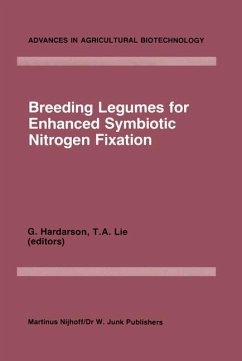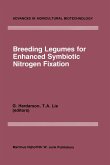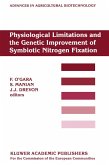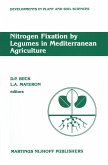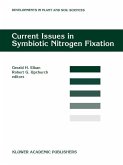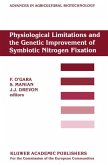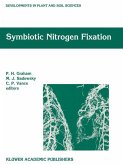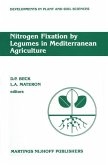Adequate nitrogen fertilization is needed to obtain maximum crop yields. Without sufficient nitrogen available to the plant, other inputs are wasted. There are great differences between developed and develop ing areas of the world with regard to nitrogen-fertilizer production and application, resulting in serious food deficits in some of the most needy areas. Although nitrogen fertilizer is an inexpensive input in comparison to the resulting yield increases, chemical fertilizers must be purchased and do represent a direct cash outlay, sometimes the only cash require ment for the peasant farmer, often an insurmountable obstacle in subsistence farming situations. If present economic trends continue, poor farmers may find it increasingly more difficult to pay for nitrogen fertilizers. Biological nitrogen fixation offers the most promising alternative or supplement to chemical nitrogen fertilizers. Furthermore, nitrogen fixation does not present any hazard to the environment which may be the case with excessive application of chemical nitrogen fertilizers. It is there fore of utmost importance to promote the use of nitrogen fixing crops, especially grain legumes which are also an important source of dietary protein. Although legumes only account for some 9% of the combined world dry matter yield of cereals and legumes, they con stitute as much as 24% of the total protein yield of these crops because of the high protein content in legumes.

